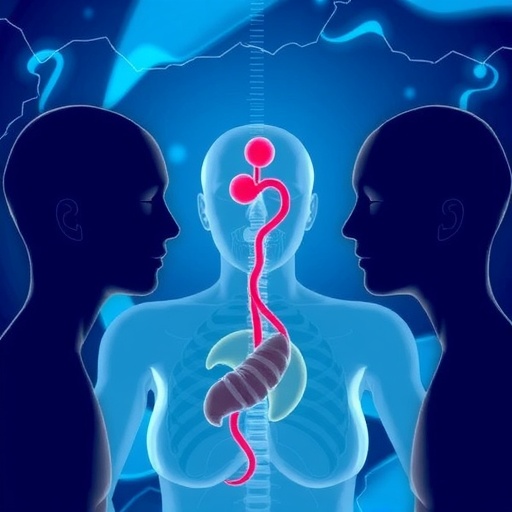Researchers working in Wyoming have deployed a full suite of technologies, including seismic data acquisition and multi-attribute processing originally developed for shallow fault imaging, to locate the hazardous underground voids left behind by coal mining in the state.
At the 2017 Seismological Society of America's (SSA) Annual Meeting, Jamey Turner of Fugro will discuss his team's efforts to locate mining voids, which can pose a risk to buildings, roads and other infrastructure. Turner, Jeff Nuttall of Tetra Tech, and colleagues hunt for these voids as part of the federally- and state-disbursed Abandoned Mines Lands program, which seeks to remediate the effects of mining activities. Most of the sites that haven't been remediated were mined prior to the implementation of mining-related land use restrictions and environmental protections in the United States.
The underground voids, some of them from mines abandoned more than 100 years ago, can collapse or subside over time. "Historically, practitioners have been poking holes with drill rigs trying to find voids, using old historic maps," Turner explained. "Seismic and geophysical approaches have been applied to void detection before with variable success. This year we started applying shallow high-resolution 2D and 3D seismic approaches that were developed for shallow fault imaging and seismic hazard characterization, which successfully identifies anomalous and low velocity zones, and provides drilling targets that optimize remediation efforts."
To locate the voids, the team uses up to five different types of seismic data processing, historical mining maps, a remote sensing technique called LiDAR, geomorphic analysis, borehole cameras, downhole sonar, and laser scanners to generate 3D void maps of the subsurface. By combining information from all these sources, the researchers can determine the size, orientation, and shape of mining voids, and sometimes even if the void is filled with water or rubble. If open voids are identified, remediation efforts ensue.
"In one instance, our team encountered a void filled with combustible gases, which required rapid borehole plugging," he said. There are also numerous active underground mine fires in Wyoming, some of which have been burning for decades, that could be active in some of these voids.
The integrated techniques used by Turner and colleagues can be more cost-efficient than simply drilling to detect voids in areas known or suspected to have abandoned mines, he said, particularly because historic mine maps are rarely accurately referenced to the ground surface. The team is helping the state of Wyoming work through an inventory of historic mining sites, and creating a list of high-priority sites that need remediation before construction or other development and to maintain existing infrastructure.
###
Media Contact
Becky Ham
[email protected]
@SeismoSocietyAm
############
Story Source: Materials provided by Scienmag




